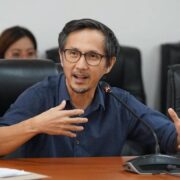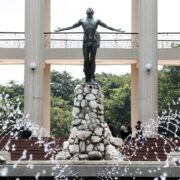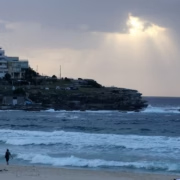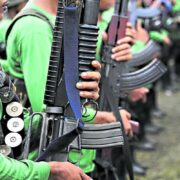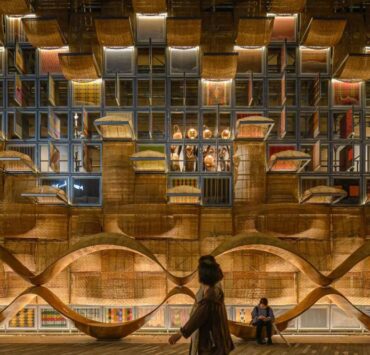Hoy Boy! Celebrating Delfin Tolentino Jr.
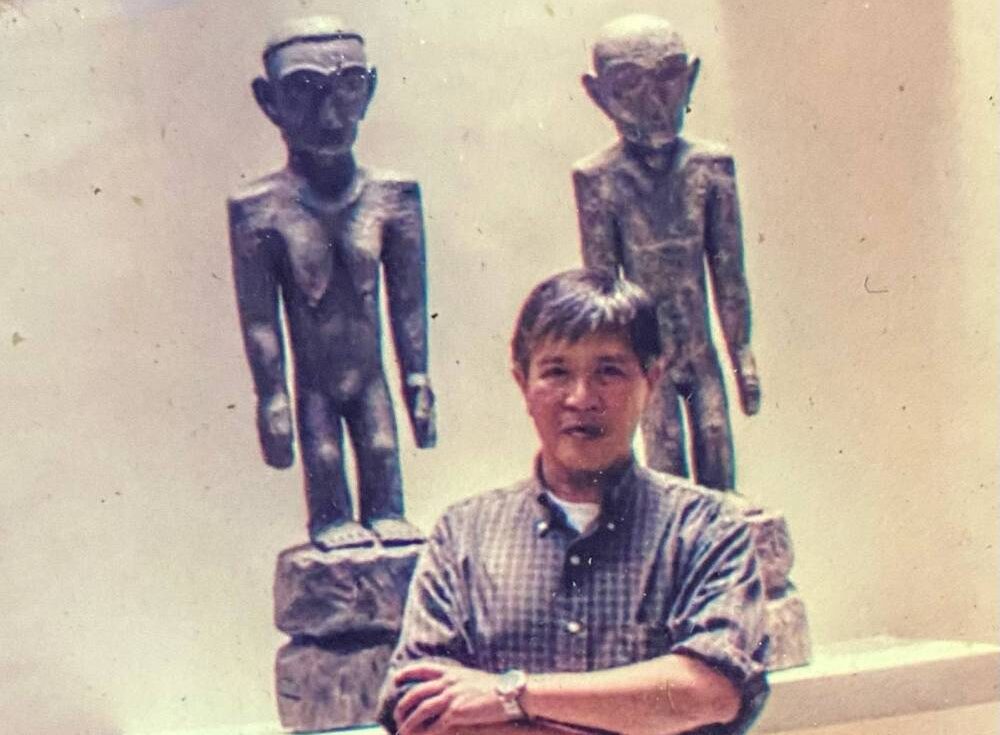
Dalawang Villanelle kay Del (Two Villanelles for Del)
(1950-2025)
1. Walâng nakahanda sa iyong pagpanaw
Dahil lahat táyo’y kalahok sa krisis
At kaylangan natin ang kawalâng-hanggan.
2. At ngayo’y damdaming walâng-kamatayan
Na mananatili sa aming gunita;
Sapagkat at kahit di tayo magtagal
Ang alab sa dibdib ay hindi papanaw.
The first three-line stanza and final quatrain of two villanelle poems recently written by National Artist for Literature Virgilio S. Almario, a.k.a. Rio Alma, laments the untimely death of an esteemed teacher, erudite scholar, bilingual poet, writer, and book artist Delfin “Del” Tolentino Jr. It also memorializes the flame in one’s heart that will not be extinguished.
Tolentino’s passing on May 17, 2025 from cardiac arrest after surgery was a shock to many of his friends and colleagues in the academe and in the literary and art circles, as well as to numerous students he mentored and who remember him not just as a teacher, but as a passionate educator.
One of his students, Idda de Jesus Tiongco, wrote: “His Cultural Criticism class didn’t just teach me; it cracked open an entirely new way of thinking. Suddenly, my stockpile of Philippine pop culture trivia wasn’t just idle knowledge. He made me unapologetically embrace my inner bakya while pushing me to dig deeper, to question, to see the layers beneath the surface.”
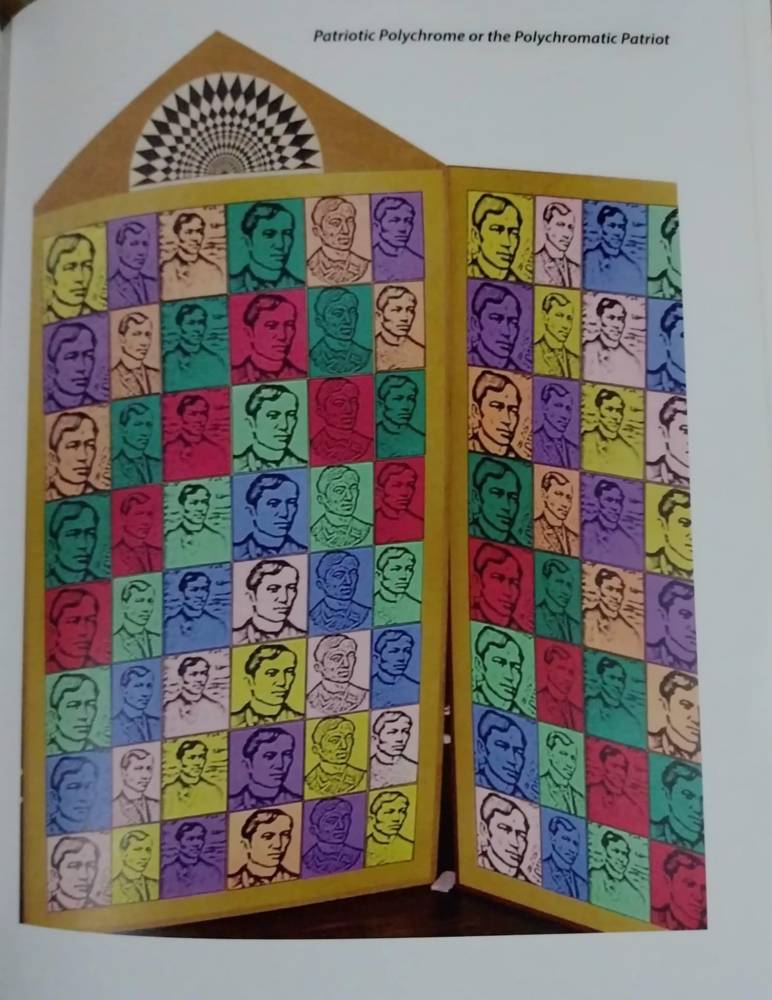
A Cordilleran
Tolentino, a Bulakeño born on Aug. 4, 1950, was very much a Cordilleran, having lived in Baguio for two thirds of his life while the other third was spent in Baliwag, where he was born, and in Quezon City, where he studied. He attended the University of the Philippines (UP), earning his A.B. in English in 1974 and his M.A. in English Literature from the Ateneo de Manila University in 1980.
He started teaching comparative literature at UP Baguio in 1976, becoming chair of the Division of Humanities, head of the Public Information and Publications Office, coordinator of the Sentro ng Wikang Filipino, dean of the College of Arts and Communication, and founding director of the Cordillera Studies Center.
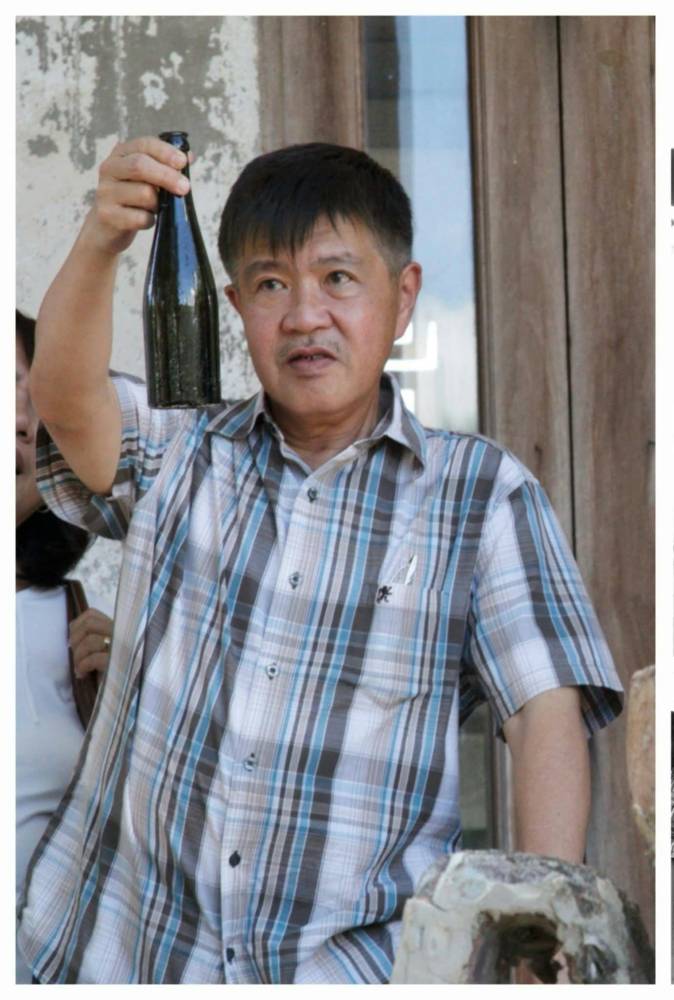
Apart from the citations he received, like the UP President’s Award for Outstanding Publication in 1993, and the Gawad Pambansang Alagad ni Balagtas for Essay in English from the Unyon ng mga Manunulat sa Pilipinas in 2008, he was also honored with the publication in 2016 of “Hoy, Boy! A Festschrift for Delfin L. Tolentino, Jr.,” edited by Bienvenido P. Tapang Jr. and Grace Subido. The festschrift came on the heels of his retirement as professor emeritus in Literature from UP Baguio.
A poet who wrote in both English and Filipino, Del had his protest poetry widely anthologized. He was founding editor of “The Cordillera Review,” a journal devoted to Philippine Studies, as well as editor of various books. They include “Resistance and Revolution in the Cordillera” (1994), “Fragments of a City’s History: A Documentary History of Baguio” (2009), “Tradition and Transformation: Studies on Cordillera Indigenous Culture” (coedited with June Prill-Brett, 2015), “Saliksik-Kordilyera: Papers on Indigenous Practice, Ritual Life, and Oral Tradition” (2017), “Feasts of Merit: Wealth, Status, and Feasting in the Luzon Cordillera” (2018), and “Hunting for Artifacts: 19th Century German Explorers in the Luzon Cordillera” (2025).
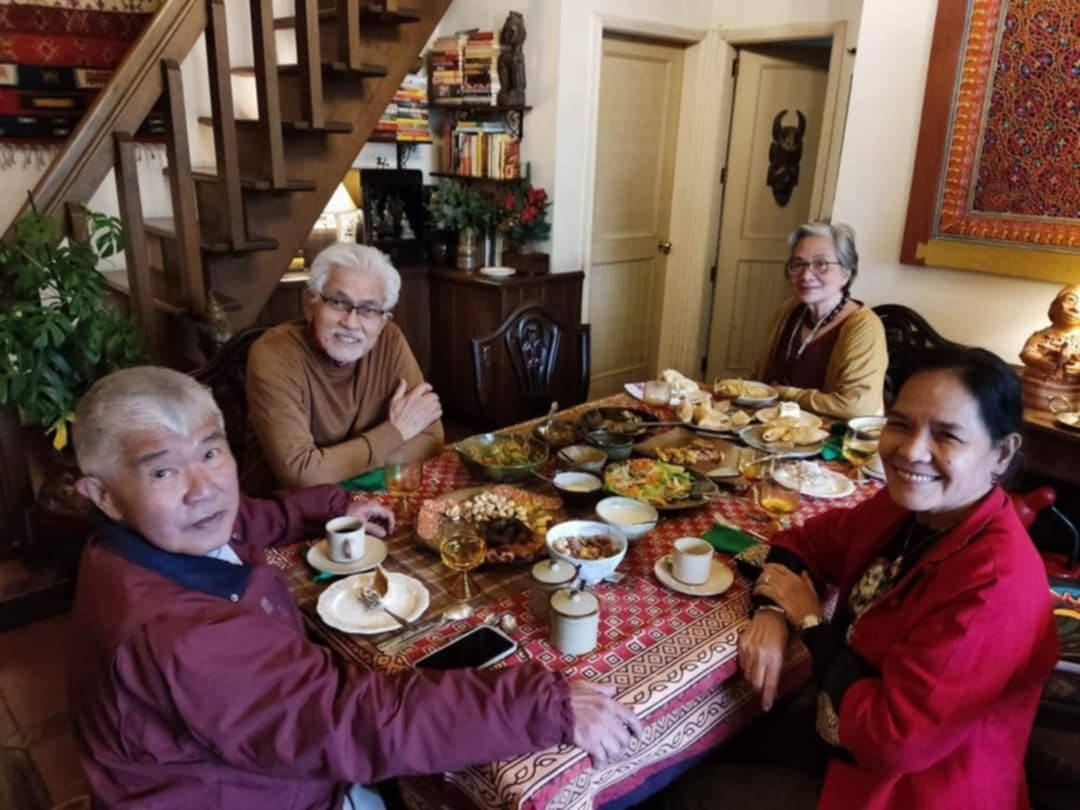
Book art exhibit
In 2002, the scholar in Tolentino took on a more profound dimension when he combined his writing ability and his aspirations as a visual artist. His exhibition, “Books as Such: a Book Art Show,” represented his experiments on the book form as a vehicle for artistic expression. He wrote, “My primary objective in doing this show is to stretch the boundaries of book making by showing different ways of conceptualizing the book as an art object.” Held at The Sanctuary Gallery in Maryknoll, Baguio City, it was the first known solo exhibit of book art in the Philippines.
Tolentino would join many book art group shows in and out of Baguio, but his second solo exhibition would be held during his sabbatical in February 2014 at Mt. Cloud Bookshop. Titled “Bric a Brac,” he described in his artist statement how years of doing research and administrative work had throttled him. He said, “Writing memos, official letters, and scholarly papers in often turgid prose had brought on a form of disquiet. It was time I stilled the soul.”
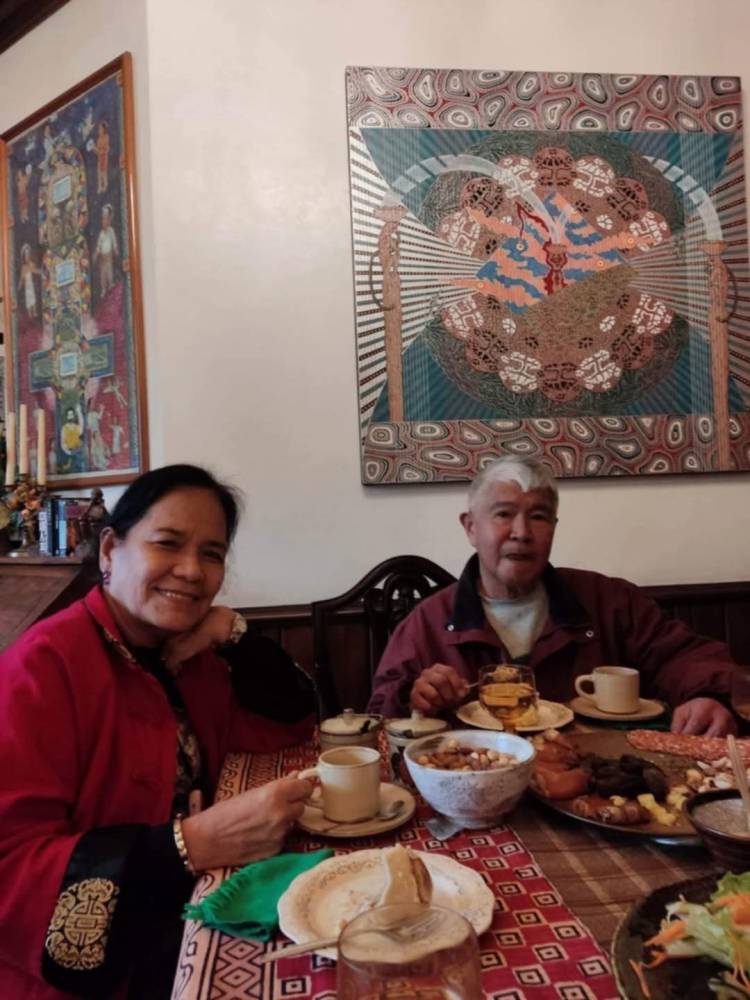
One of his works, “Culture with a Capital C in Gay Paree,” depicted French philosophers-literary theoreticians Michel Foucault, Jacques Derrida, Jacques Lacan, Helene Cixous, Julia Kristeva, and Roland Barthes uttering risqué thoughts. Tolentino’s irreverence was explained in the colophon as “obviously intentional.”
In another work, “Kabuki Stars sa Minami-za at Iba Pang Engkwentro,” he appropriated and manipulated pictures of elegant Japanese women in their traditional kimono. Underneath the images were captions like: “Hanep sa hair-do ang mga kabuki stars na ito sa Minami-za” or “Jingle lang ang pahinga sa dalawang geishang ito na naglalaro ng go.”
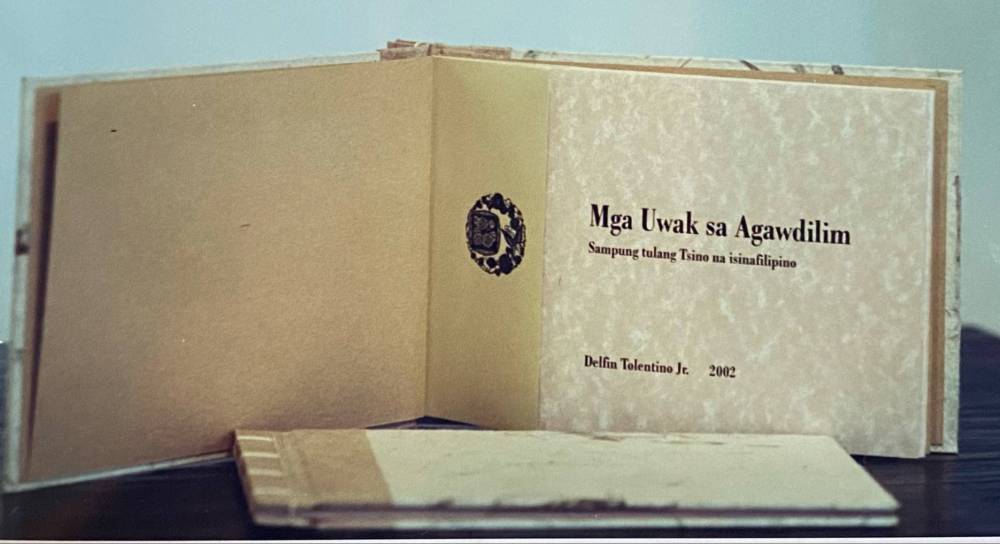
Legendary hospitality
Tolentino’s outstanding academic contributions, zealous mentoring, and artistic creativity notwithstanding, his hospitality was legendary. His lovely and homey book- and art-filled abode had always been a comfy and sought-after go-to place by his friends from Manila and the lowlands.
My family, for one, never left Baguio without seeing Del Tolentino and enjoying his warm, spirited, witty, and deep perorations on so many topics, especially on our common interests in the arts and culture, travels, and our families. With his passing, Baguio will never be the same again!
And for all those whose lives have been touched by Tolentino, the words of the poet Luisa Igloria, who was his student, may resonate: “We will all miss your consummate wit, your erudition, your ability to make even the smallest space larger and more beautiful because of your special touch.”
Hoy Boy! Godspeed!


